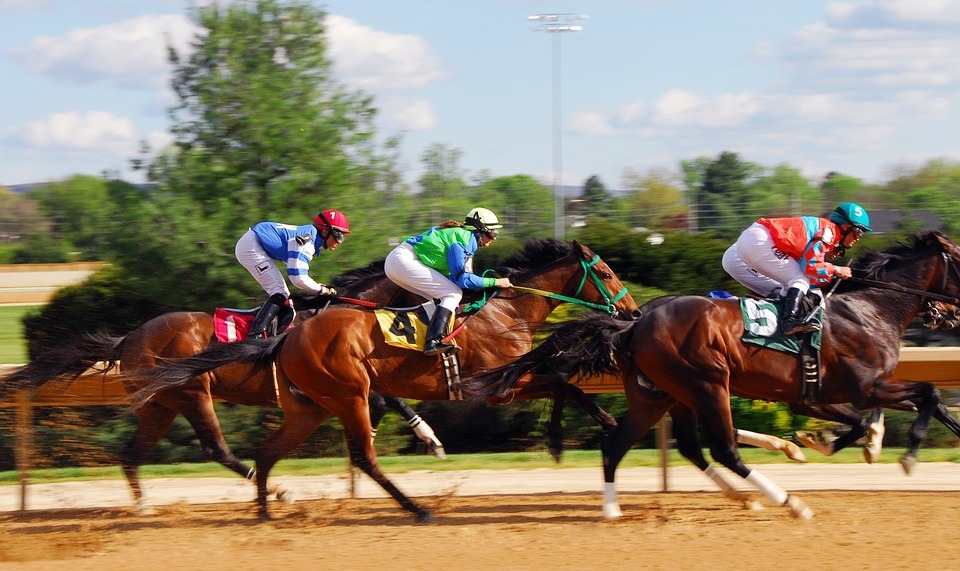Recently a story came to light about a woman originally from Western Australia, who moved to North Queensland with a dream of becoming a jockey. Of course, back in her time that definitely wasn’t allowed, so for the rest of her life, she masqueraded as a man and managed to have quite a successful racing career without anyone discovering her secret.
Her name was Wilhemena “Bill” Smith, also known as Bill “Girlie” Smith throughout her racing career. Her secret was only discovered upon her recent death at the age of 88.
During the 1970s when women were allowed to race professionally, initially they could only race in horse races designated for female jockeys. It wasn’t until the very late 70s that they were finally allowed to compete against the men in professional racing. Linda Jones and Pam O’Neil were the first women jockeys to be given professional licenses.
In the modern world female jockeys are now competing with the men in a big way, and the number of female jockeys competing at the highest level in Australia is only going to rise.
In fact, regional race meets are now being somewhat dominated by women riders, likely a precursor to them also dominating at the major race meets around the country. In 2015 Michelle J. Payne made history in Australian sport by beating the field and winning the coveted Melbourne Cup.
However, she wasn’t the first Australian female jockey to compete in the race that stops the nation. That crown belongs to Clare Lindop, who competed in the race in 2003 riding Debben. Clare is now rated as one of Australia’s most successful female jockeys, with over 700 victories in Australia and overseas. She has lifted the SA Metropolitan Jockey Premiership trophy twice in her distinguished career.
Since her inspirational performance there’s truly been a surge in female riders not only taking up the sport and career, but competing in more and more major races, and winning them too.
When you think about it, it only makes sense that women should be heavily involved in this career. For a man to be a jockey he has to be of small stature and light weight. He also has to strictly maintain that weight or he’ll be too heavy to ride.
Generally a male jockey needs to maintain a total weight between 50kg and 60kg at the very maximum. That’s a figure that’s really hard to achieve for most guys.
In comparison, most women on average, are naturally smaller than men, slighter in build and it’s far easier to find women who are the right size and weight for horse racing. This fact alone ensures a very bright future for women in racing; not only within the boundaries of Australian racing, but all around the world. And that’s a good thing.
In fact, many “punters” firmly believe female riders are the future of Australian racing. Experts and veterans claim that men are actually becoming too tall and heavy to remain competitive enough to dominate the racing circuit as they have in the past. Women definitely have an edge in this sport and they’re taking full advantage of it.
At the moment, out of all the jockeys registered in Australia, women still only comprise 30% of the field, but that number is sure to rise as more and more women are signing on for jockey apprenticeships. Already women are dominating the regional meets, particularly in Western Australia, and it’s a fair bet we’ll see female riders dominating Group 1 racing more and more over the next decade or two.
To list details of all the champion and up and coming female jockeys competing in Australia would likely take up way more space than this article is allotted, but rest assured, female jockeys are on the rise and look set to dominate major Australian racing in years to come.
